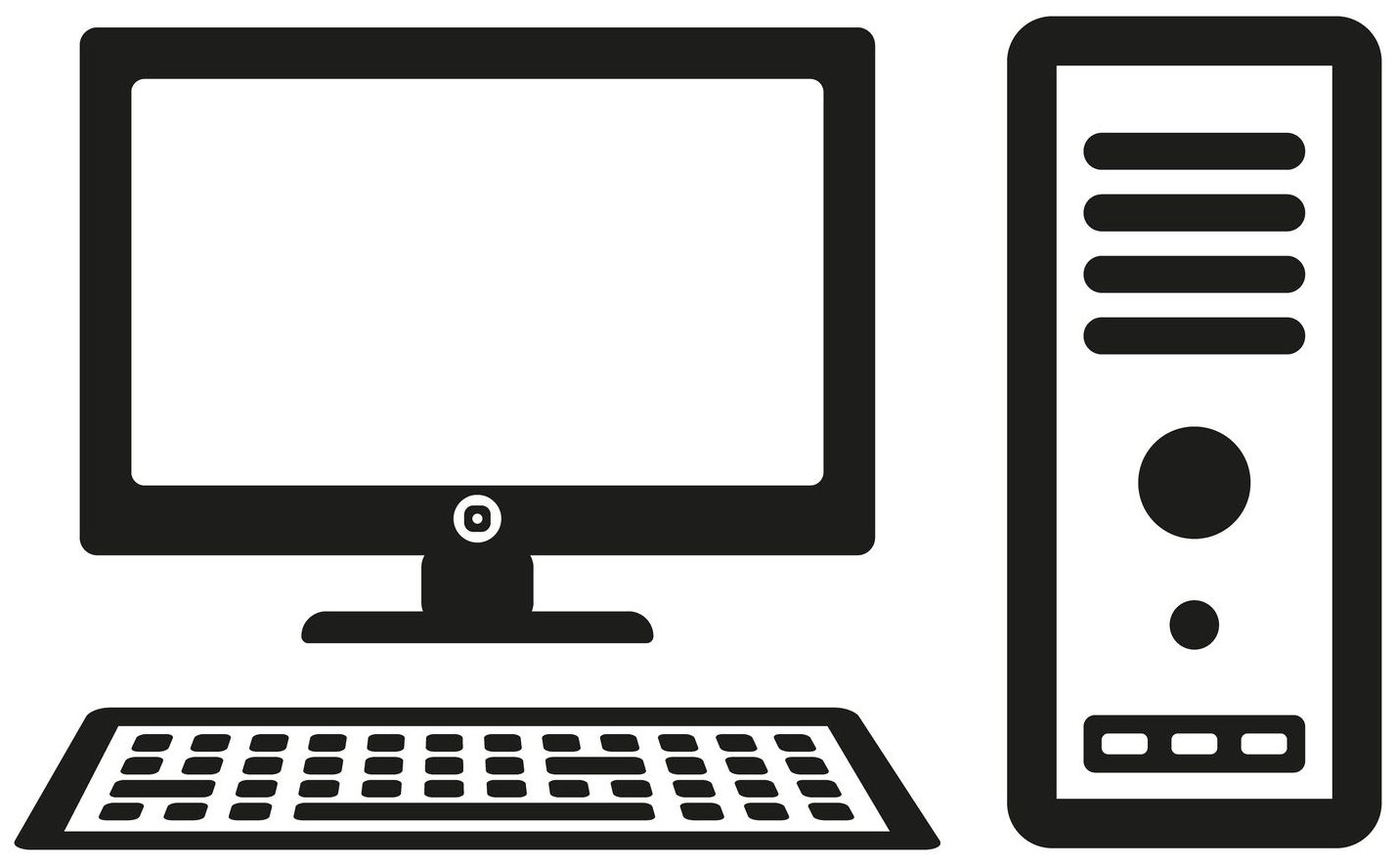 HR impacts the culture of a company and also plays an important role in making sure the culture in the organization remains relevant. Corporate culture is not something that is fixed, it constantly evolves with changes in demographics, industry forces, workplace norms, and several other factors. The SHRM (Society for Human Resource Management) states that you can measure the culture of your organization and use this information as the baseline or foundation for making improvements in the future. The SHRM also reports that you can also deploy feedback tools and pulse engagement to detect and understand cultural problems every week, in each group.
HR impacts the culture of a company and also plays an important role in making sure the culture in the organization remains relevant. Corporate culture is not something that is fixed, it constantly evolves with changes in demographics, industry forces, workplace norms, and several other factors. The SHRM (Society for Human Resource Management) states that you can measure the culture of your organization and use this information as the baseline or foundation for making improvements in the future. The SHRM also reports that you can also deploy feedback tools and pulse engagement to detect and understand cultural problems every week, in each group.
The corporate culture in your organization will have an impact on everything from engagement and productivity to brand reputation and morale. HR leaders should be focused on recognizing how culture can impact the bottom line of the business, and the steps the business should be periodically taken to assess how the cultures in the company are performing.
What Are The Dynamics Of Organisational Culture?
Organizational culture will reflect across every level of a business. It is displayed in the working styles that characterize how your team approaches day-to-day projects and the way your management is interacting with the different staff members. The culture of an enterprise can be conservative, hyper-focused, team-driven, collaborative, or involve a range of different characteristics. According to the SHRM, organizations with a positive culture seem to have better productivity, profits, and performance when compared to those that don’t.
Here are a few things for HR leaders to consider:
- Organizational culture can be measured and this information can then be used as a “barometer” for workforce effectiveness and engagement.
- HR leaders directly impact the culture of a company.
- Cultures can change and are defined by multiple factors.
When you are trying to find out if the culture in your organization is evolving, here are some of the ways to determine that and then change the trajectory when needed:
Changing Demographics
Every generation has unique expectations and desires when it comes to the culture in an organization. At this stage, 4 generations work side-by-side in various industries. The Millennials are starting to take more prominent roles as the Baby Boomer generation reaches retirement. This means that HR leaders should be evaluating how each of these generations’ needs and expectations shapes the changes in organizational culture and whether the current values are resonating.
HR leaders need to evaluate whether the current culture in the workplace is strong, and if not, whether a new program needs to be incorporated. This could include an increase in mentorship. HR advisor recruitment agencies can help you to have a career plan conversation about your next move.
Industry Trends
The culture in an organization is not in some type of vacuum. Leadership sets the tone, but it is also affected by several other external agents. Political factors, changes in workplace norms, a tighter job market for specific industries, shortages of skilled or experienced labour, and many other factors can change the culture in your company, and make it even more important.
Examine the latest industry trends which may be influencing the culture in your organization. For instance, if your business allows your staff to conduct their work from anywhere to attract the right talent, when your industry is competitive, you may want to adopt telecommuting policies and flexible scheduling.
New Technology
Technology will also impact your organization’s culture. As more and more businesses have become a lot more global, many teams are now working across different time zones, geographies, and cultures. Collaborative tools are also now playing larger roles in these conversations. If you have fallen behind in the use of technology to support the culture in your business, now might be the ideal time to assess how technology could assist your business to align better.
Employee Engagement
What are the engagement levels of your employees? Gaining an understanding of employee engagement could also assist you in evaluating how effective or ineffective your culture currently is. When you have engaged employees, they are probably more productive and more connected when it comes to your goals for the business. If a strategic assessment has revealed low engagement, look at areas where the culture could be changed to help engage with your teams more effectively. This includes improving your specific management style and clarifying your exact purpose.
